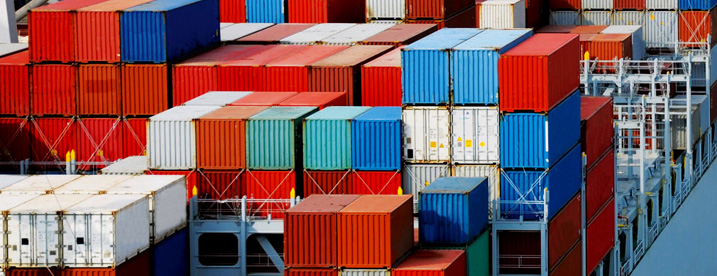By Michele Fletcher, July 18, 2014

More Transparency and Accountability Are Needed, if Tanzania Is to Truly Benefit from its New-Found Gas Reserves
Tanzania’s new-found gas reserves are valued at an estimated $20 billion. Many look at these prospects with optimism, as this revenue may help Tanzania achieve its goal of becoming a middle-income country by 2025. But for others, the situation is more precarious.
Tanzania has been in the same situation when it became a major source of gold not even two decades ago. Today, though Tanzania is still the third largest exporter of gold, there is widespread agreement that the mining sector did not produce the revenue it should have, nor was the effect of the growing industry felt in the population. Tanzania still stands 152nd out of the 182 countries on the Human Development Index, despite having exported billions of dollars worth of gold throughout the past two decades. The value of Tanzania’s mining exports grew to $1.5 billion in 2010, but annual government revenue from its sale was only about $100 million, or about 7%.
By Michele Fletcher, June 26, 2014

Last week, Namibian activists raised concerns about transfer pricing in Africa’s extractive sector in an open letter to De Beers. Their letter comes at a critical time in which transfer pricing and tax havens have contributed to an exorbitant amount of capital flight from developing countries. Namibia’s economy is hugely dependent on the extractive sector, particularly in diamond exports, which alone account for 10% of GDP. With increased scrutiny into transfer pricing just across the border in South Africa’s platinum mines, these Namibian activists have delivered a timely, earnest demand to investigate transfer pricing in their own country.
Multinational corporations (MNCs), especially those which operate in Africa, are coming under increased scrutiny by governments, media, and the public over their bookkeeping and payments to governments. The extractive sector in particular has been the focus of new regulations on financial transparency: an extremely positive development, but one which has so far missed an opportunity address larger issues concerning abusive transfer pricing and how MNCs of all sorts conduct their fiscal operations.
By E.J. Fagan, May 29, 2014

In his official first act after winning the biggest democratic election in world history, Indian Prime Minister Narendra Modi announced the formation of a Special Investigative Team (SIT) to probe illicit financial flows, or ‘black money’ as they are commonly referred to in India.
Illicit financial outflows are a massive problem for India. GFI research finds that India lost $343.9 billion to illicit outflows from 2002-2011:
By Dev Kar, September 30, 2009

Illicit financial flows exit developing countries through two broad channels—as unrecorded capital flows from a country’s external accounts (captured by the World Bank Residual model) and trade mispricing (captured by the Direction of Trade statistics or DOTS model). GFI’s study Illicit Financial Flows from Developing Countries: 2002-2006 points out that some researchers have questioned the use of the trade mispricing model to capture illicit flows. They argue that data issues underlying the recording of partner country exports and imports introduce enough “noise” so that the trade mispricing model is unable to capture illicit flows. I was therefore not surprised to hear cynical remarks about the quality of bilateral trade statistics at a recent World Bank conference (Understanding the dynamics of the flows of illicit funds from developing countries, September 14-15). Here, I point out the reasons why most economists reject such arguments for not studying trade mispricing as a conduit for illicit financial flows from developing countries.




